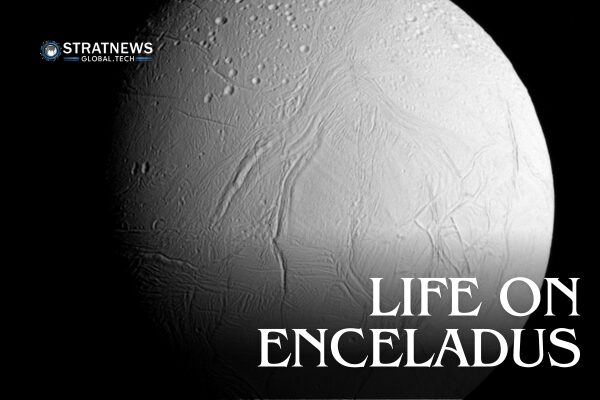New Cassini Analysis Strengthens Case for Life-Friendly Conditions on Saturn’s Moon Enceladus
Fresh analysis of data from NASA’s Cassini spacecraft has uncovered new evidence that Saturn’s small icy moon Enceladus could potentially support life. Scientists have identified additional complex organic molecules in the plumes of ice and gas that erupt from its subsurface ocean, providing further clues about the moon’s hidden chemistry.
Re-examining Cassini’s 2008 Flyby
Researchers revisited data from Cassini’s closest encounter with Enceladus in 2008, when the spacecraft flew directly through the geyser-like jets near the moon’s south pole. These plumes, bursting through surface fractures, offered rare direct samples of material from the ocean beneath the icy crust.
The new study, published in Nature Astronomy, confirmed the presence of organic compounds previously found in the jets—including precursors to amino acids, the building blocks of proteins. More significantly, the team discovered entirely new classes of organic molecules not detected before.
“We have found several categories of organic molecules that span a range of structures and chemical properties,” said lead author Nozair Khawaja, a planetary scientist at Freie Universität Berlin. “Such compounds could be involved, under the right conditions, in processes leading to more complex organic chemistry essential for life.”
A Potentially Habitable Ocean World
Enceladus, which measures just 313 miles (504 km) across, is one of Saturn’s inner moons and has long been considered a prime location in the search for extraterrestrial life. Its subsurface ocean—trapped beneath 12 to 19 miles (20 to 30 km) of ice—is believed to host hydrothermal vents similar to those on Earth’s ocean floor, where life may have first emerged.
While the findings are promising, Khawaja emphasised that no direct signs of life have been found. “We did not find life or any biosignatures,” he said. “However, we have compelling evidence that all three keystones of habitability—liquid water, an energy source, and essential elements and organics—exist on Enceladus.”
Insights into Subsurface Chemistry
The Cassini data came from ice grains ejected from Enceladus’s ocean at speeds exceeding 64,000 km per hour. These freshly frozen particles, largely unaltered by space radiation, offered a unique glimpse into the moon’s chemical environment. The molecules found suggest complex chemical reactions occurring within the ocean, potentially driven by heat and minerals from the seafloor.
Looking Ahead: Europe Plans Return Mission
The European Space Agency is already planning a mission to revisit Enceladus, underscoring its importance in the ongoing search for habitable worlds beyond Earth.
“Enceladus should be ranked as the prime target to explore habitability and to search whether there is life or not,” Khawaja said.
with inputs from Reuters


